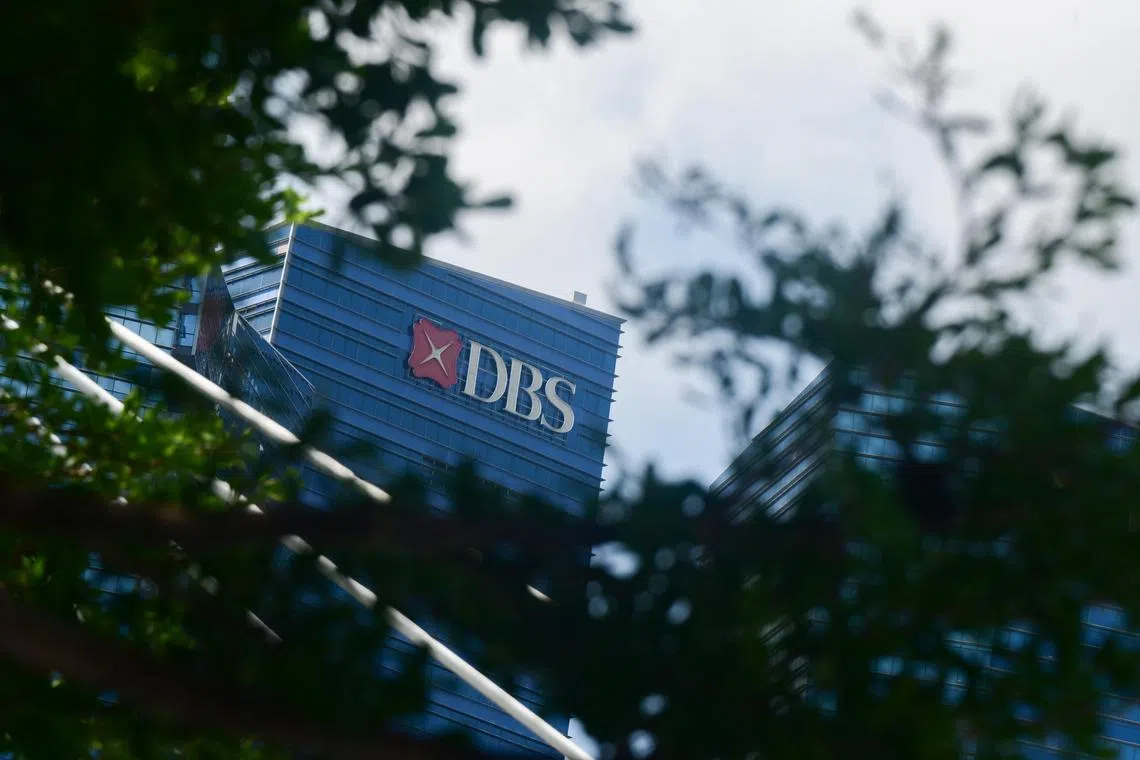DBS expects economic value from its AI use to top $1 billion in 2025
Sign up now: Get ST's newsletters delivered to your inbox

Since DBS began focusing on AI, the bank has created more than 350 use cases and has 1,500 models in production.
PHOTO: ST FILE
Follow topic:
SINGAPORE – Banks are ramping up their use of artificial intelligence (AI), and DBS – which has earned $750 million through its use of the technology – estimates that its economic value could surpass $1 billion in 2025.
Since the bank began focusing on AI, it has created more than 350 use cases and has 1,500 models in production, said Mr Rajeev Hassamal, DBS’ head of generative AI and flow of work, at SuperAI Singapore, a recent two-day conference at Sands Expo and Convention Centre.
The participants at the event discussed the challenges in striking a balance between innovation and responsible use of AI when developing AI models.
“Finding that sweet spot is very hard,” said Mr Hassamal.
Speaking at a panel discussion on the integration between AI and finance, he emphasised the importance of equipping employees, regardless of role, with an understanding of how the technology works.
“We need to ensure people understand how to use this technology,” added Mr Hassamal, who showcased DBS’ internal generative AI chatbot DBS-GPT. It helps employees with content generation and writing tasks, all within a secure environment.
Speaking at a separate panel, Mr Sambit Sahu, vice-president of applied research at Capital One, noted that the AI and machine-learning space has completely changed over the past five years.
Large language models have progressed from doing simple tasks to taking a more agentic approach, he said. One use case of AI, he suggested, is in mimicking employees’ tasks, but doing so more efficiently.
“(Banks) deal with huge amounts of data, text, images, audio and also visuals,” he added.
Ms Sigrid Rouam, chief AI officer at EFG Bank, pointed out that generative AI can be put to work on compliance-related tasks, such as checking the source of money from a bank’s clients.
AI can also assist with non-advisory-related tasks – those that take up 70 per cent of relationship managers’ time, she noted. “All of this should be completely automated and streamlined.”
The Monetary Authority of Singapore (MAS) warned that guard rails need to be in place amid the race to implement AI in the financial sector.
Mr Kenneth Gay, MAS’ chief fintech officer, said the central bank takes regulation very seriously, given that the regard for regulation is a competitive advantage for Singapore.
Project MindForge, an initiative by the authority in 2023, examined the risks and opportunities of generative AI for banks.
Mr Gay added that since financial institutions are at the stage of building and deploying generative AI applications, they are seeking more clarity from the Government about the sort of specific features that should be included.
He said MAS intends to release a playbook in 2025 that will give institutions from the different segments of the financial sector, including banking and insurance, more clarity regarding the key risk considerations across AI’s key use cases. THE BUSINESS TIMES

